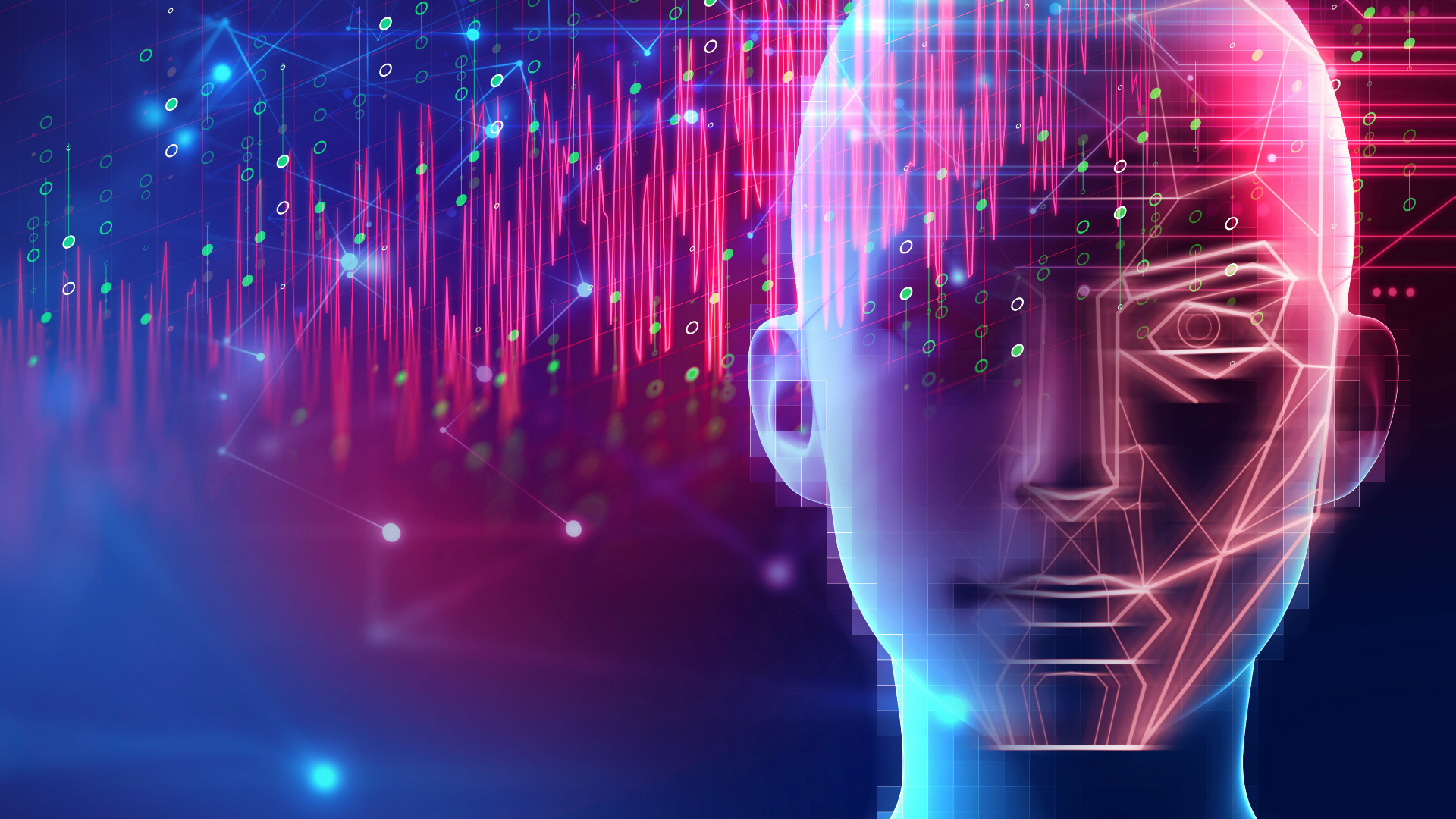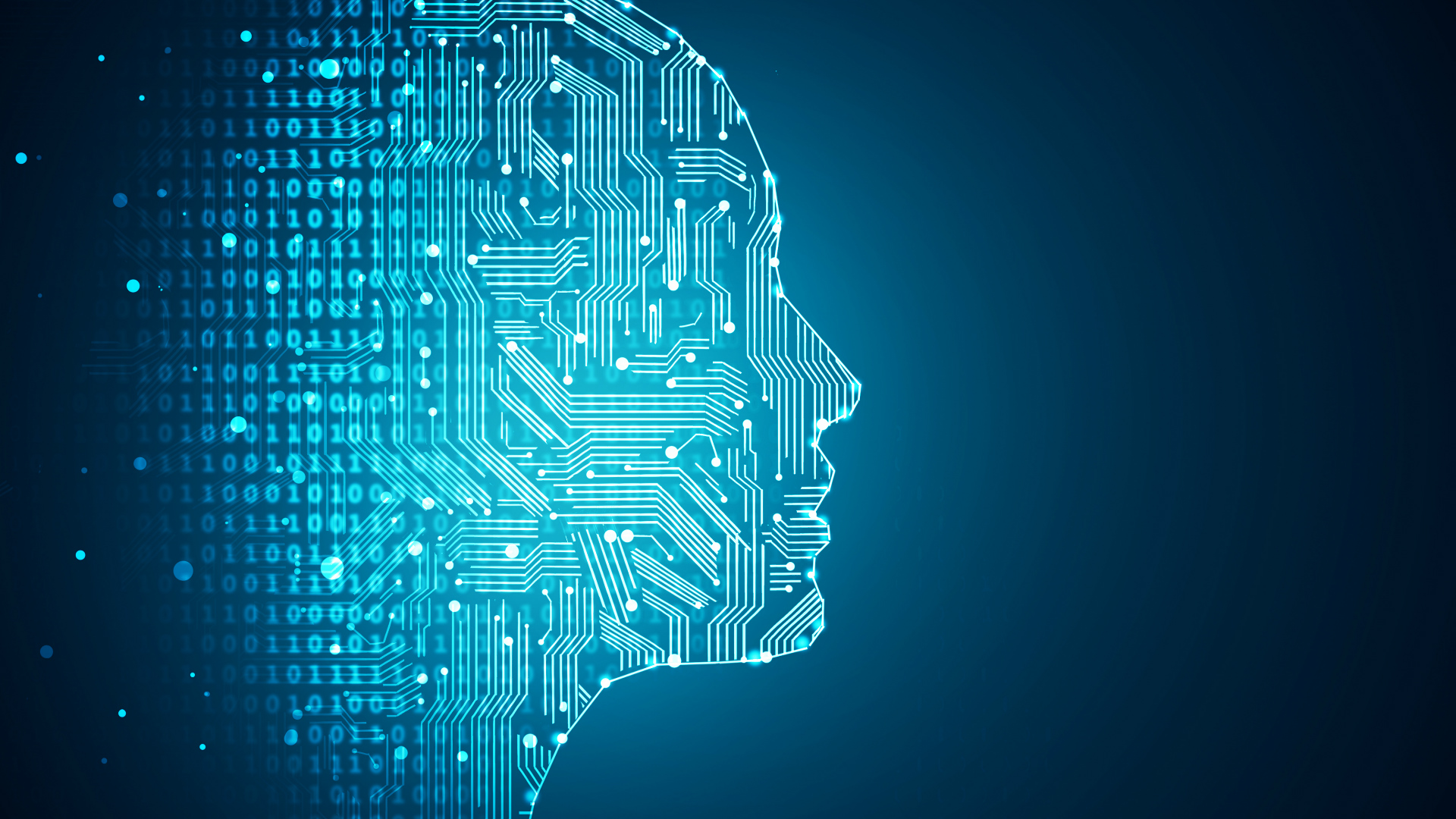The nature of technology
How big data analysis is helping us understand and make positive changes to the environment...

Changes to the planet are happening at an alarming rate, and it's no secret that we're partly to blame. But one way in which we are making positive changes to the Earth is through developing technology that can help us protect our planet. And how best to do this? By understanding exactly what is happening now, so we can help predict and influence future events.
This is where cutting edge technologies come in. From large scale global mapping to tracking individual species, big data analysis and deep learning are now being used to analyse the Earth and its life.
Macro scale mapping and modelling the Earth
Forests and oceans cover the majority of the planet. Their health is crucial to the stability of the ecosystem, but monitoring them is no easy feat. Enter digital maps and models. By using big data analytics to create high-resolution maps of the planet, many of which are updated in real time, scientists can literally get the bigger picture.
Global Forest Watch is a UN sponsored web application that uses live satellite images to assess the health of all forests globally. It has provided the tools and data to support projects such as the Amazon Conservation Association, which works to protect biodiversity in the Amazon, and Forest Atlas, which helps manage forest resources in Liberia.
Rezatec, an analytics company, has developed similar forest intelligence and the data analysis techniques and machine learning algorithms to produce crucial insights. In 2017, Rezatec partnered with the Forestry Corporation New South Wales to add value to its existing data by using multiple datasets to create more detailed and useful maps. This gave forest management the tools to spot pests and diseases and environmental changes early.
Similar projects are underway to understand our oceans. Ocean Data Viewer is another resource supported by the UN that collects and curates a wealth of data on coastal and ocean biodiversity from a variety of trusted scientific research facilities. Multiple global data sets and maps can then be viewed and downloaded for research and analysis.
71% of our planet is water, but we have better maps of Mars than we have of the ocean floor. Now, thanks to data gathered from ships, buoys, and satellites, oceanographers have plenty of information at their disposal. From analysing sediment samples with AI to employing cutting-edge laser techniques, they can now map out features on the seabed such as rivers and underwater volcanoes and detect changes as and when they happen. Advanced analytics, powered by Intel, are helping to make these developments faster and more efficient.
Micro scale monitoring individual animal species
Decline in an individual species is often an early indicator that something is wrong, as many animals are essential to the Earth's balance. By analysing animal behaviour, scientists can give governments, business leaders and the global community the tools they need to encourage species to thrive.
From counting whales from space to tagging elephants with AI trackers, there are plenty of new and exciting technological developments giving scientists more insight into our wildlife than ever before. However it's the smaller, more elusive creatures that can be the trickiest to understand. Luckily, technologies are now being developed to provide solutions for these species.
Take bees, for example. Through the pollination of crops, they perform an essential role in the global economy. However, their numbers are in worrying decline. In 2016, Intel teamed up with Australia's Commonwealth Scientific and Industrial Research Organization on a groundbreaking bee-tracking project. Tiny RFID 'backpacks' were attached to 10,000 Tasmanian bees to monitor their every move. Meanwhile, their hives were fitted with an Intel Edison board to collect data on internal conditions and honey production. From the data gathered, scientists deduced that the use of pesticides, climate change and the loss of wildflower habitats were all contributing factors to the species' decline.
Bats are another crucial, but elusive species. They are a great indicator of biodiversity, the loss of which has been likened to "burning the library of life". As bats only thrive when insect species are in abundance, understanding their behaviour and numbers can help scientists assess the health of the local environment.
In an Intel and UCL project, automatic smart 'Echo Box' detectors were fitted around the Queen Elizabeth Olympic Park in London. These boxes picked up ultrasonic bat calls, allowing scientists to acoustically track bats in the area. The Intel edge processor in each box then processed and converted the sound files into visual representations of the calls and deep learning algorithms analysed and logged each pattern. On some nights, over 20,000 calls were detected, indicating a reassuringly high level of bat activity.
All of these projects highlight the amazing capabilities and flexibilities of today's technology. From big data analysis to deep learning, the same groundbreaking tools used to empower businesses globally are being applied to make a real difference to the health of the planet.
Discover more amazing stories powered by big data and Intel technology
Get the ITPro daily newsletter
Sign up today and you will receive a free copy of our Future Focus 2025 report - the leading guidance on AI, cybersecurity and other IT challenges as per 700+ senior executives
ITPro is a global business technology website providing the latest news, analysis, and business insight for IT decision-makers. Whether it's cyber security, cloud computing, IT infrastructure, or business strategy, we aim to equip leaders with the data they need to make informed IT investments.
For regular updates delivered to your inbox and social feeds, be sure to sign up to our daily newsletter and follow on us LinkedIn and Twitter.
-
 How technology is revolutionising the healthcare industry
How technology is revolutionising the healthcare industrySponsored Together, data, advanced analytics and AI are transforming the world of healthcare
By IT Pro
-
 Smart cities: building the metropolis of the future
Smart cities: building the metropolis of the futureSponsored How cutting-edge technology is shaping our urban environments
By IT Pro
-
 How big data can give you a competitive edge in sports
How big data can give you a competitive edge in sportsSponsored Wearables, video measurement and location tracking are combining with big data analytics to give athletes the information they need to win
By IT Pro
-
 What can you do with deep learning?
What can you do with deep learning?Sponsored Deep learning technology is helping trains run on time, but what does that phrase actually mean?
By IT Pro
-
 Nine AI myths versus reality
Nine AI myths versus realitySponsored Are killer robots coming to take our jobs? We debunk the top misconceptions about artificial intelligence
By IT Pro
-
 From research to reality: How the cloud is powering AI
From research to reality: How the cloud is powering AISponsored We’re in the middle of an AI boom – and cloud computing is the reason why
By IT Pro
-
 Make better decisions with analytics
Make better decisions with analyticsSponsored Analytics can transform a business, but it takes the right data, processes and technology to work
By ITPro
-
 How to solve your big data problem
How to solve your big data problemSponsored Big data brings new challenges for business, but Intel’s latest technology can help you meet them and make the most of the potential
By ITPro


